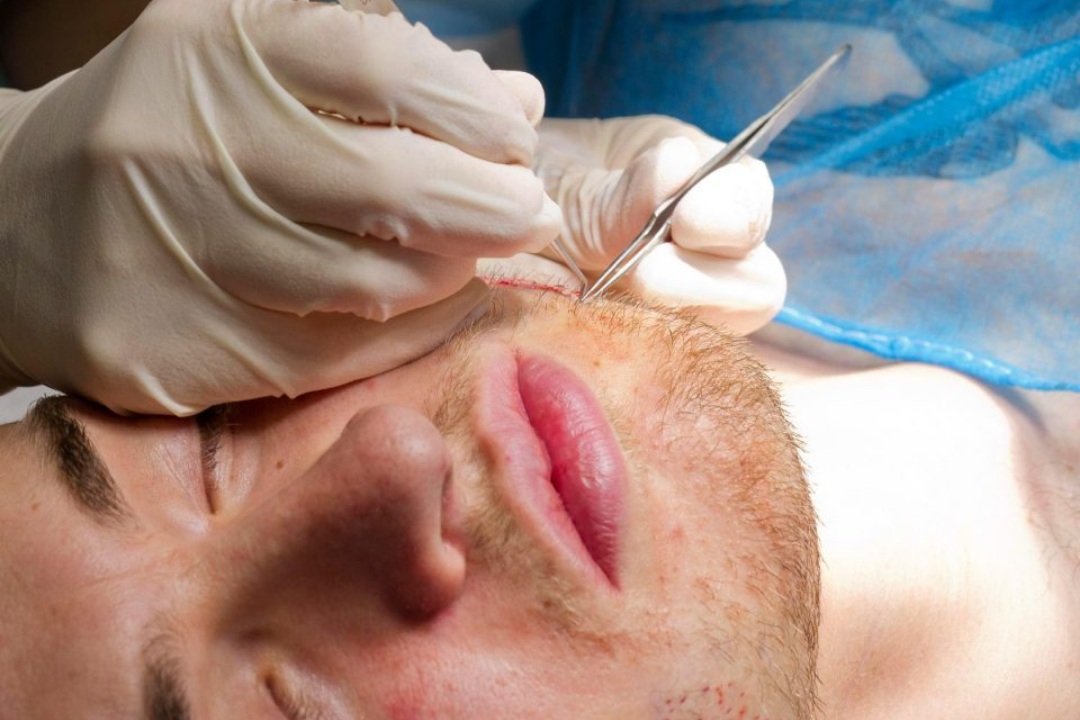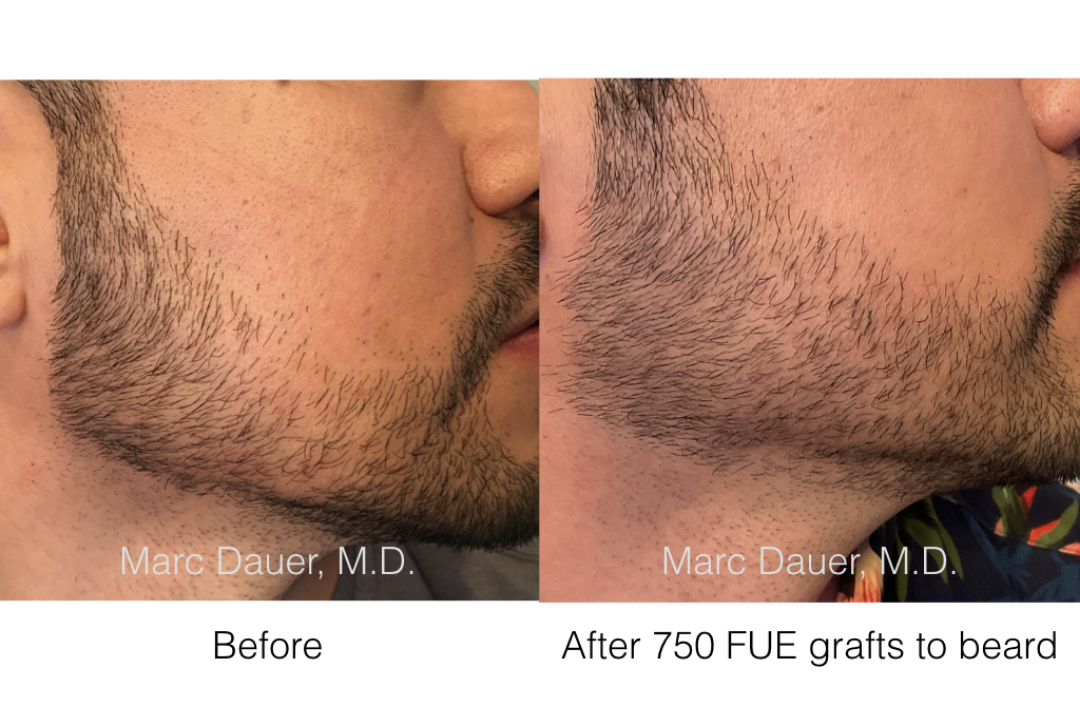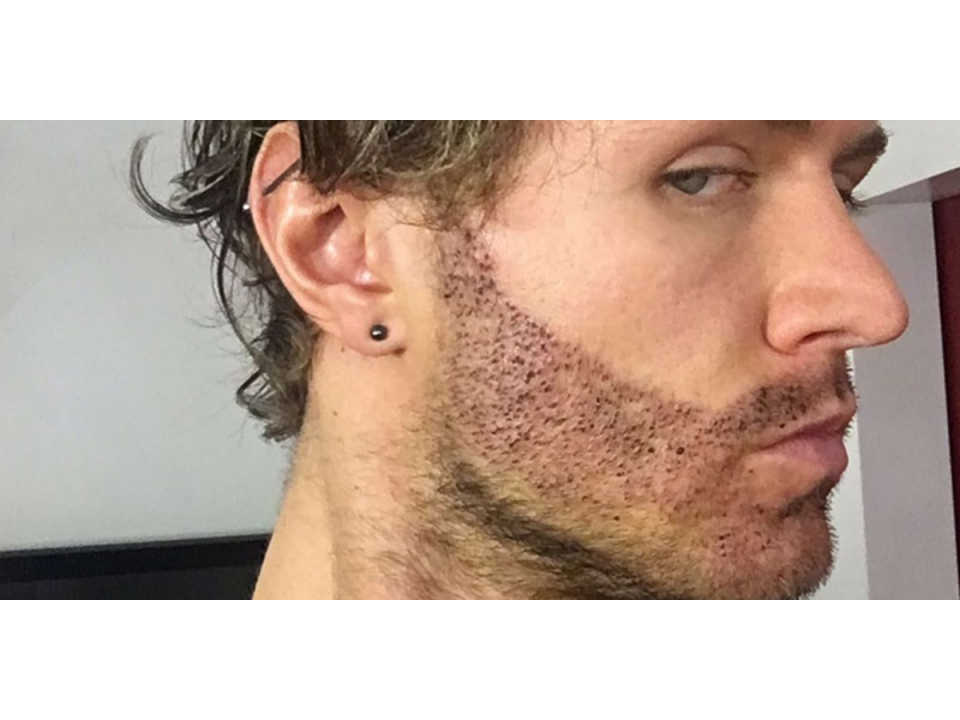Whether you’re following Major League Baseball’s current bushy beard fad or participating in No Shave Novembers to raise awareness about prostate cancer and other men’s health concerns, you know that beards aren’t just making a return; they’re making a statement.
Many people associate beards with rough masculinity and excellent looks; for others, the beard represents freedom from the everyday ritual of shaving. While beards were uncommon a generation ago, we’ve subsequently raised a century back of guys who adore their mustaches and allow their beards to grow to new lengths.
But what if you’re unable to grow a beard? If your genes aren’t working in your favor can you still appreciate a beard? If you’re thinking about getting a beard transplant, the answer is yes. And if you don’t have one, now is the time to obtain one!
Because beard transplants have progressed to the point that transplanted hair appears and feels natural, the treatment is part of an exciting and quickly expanding field of cosmetic surgery. Do you want to know more about this? Here are some things to consider before getting a beard transplant.
Table of Contents
What is the procedure for a beard transplant?
Individually extracting and replacing 2,000 hairs is a time-consuming task. However, it does not take as long as you may think: a beard transplant can get finished in an eight-hour day. Dr. Epstein and his colleagues do this by administering oral sedatives and local anesthetic to their patients. The hairs get extracted often utilizing the FUE (Follicular Unit Transfer) procedure. The doctor makes tiny incisions in the beard to evaluate the direction, density, and angle. So, the doctor’s abilities in this area will affect how natural your beard will appear when it has grown.

What to expect after the operation?
You must expect to lose that beard transplant after two to three weeks, which is good because they will come back permanently after three to four months. (There is, therefore, a gestation time.) It occurs due to the body’s reaction to the shift, but the hair papilla stays in its new location and will, no doubt, grow back as the hair grows back.
When do beard hairs regrow?
The most recent surgeries are also convincing: compare the looks of this patient before and after the treatment. Men with patchy beards, according to Dr. Epstein, “may go from three to eight.” That implies you won’t achieve complete coverage, but guys with eights appear to be content with the density of their beard.

Is there any danger or adverse effect?
There is some danger of infection and bleeding as with any surgery, although these are uncommon when it comes to beard transplants. Hair follicles might get infected and irritated on occasion. Scarring in the place of origin is also possible. However, most hair will cover this area over time. Expectations should be realistic because results may vary.
Read More:
